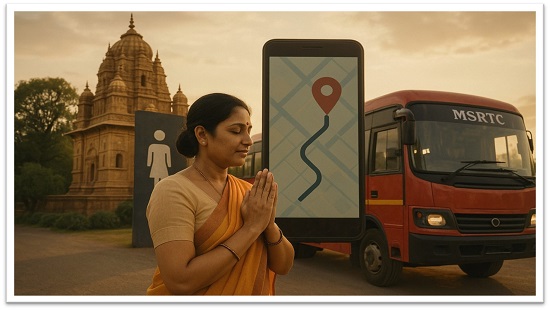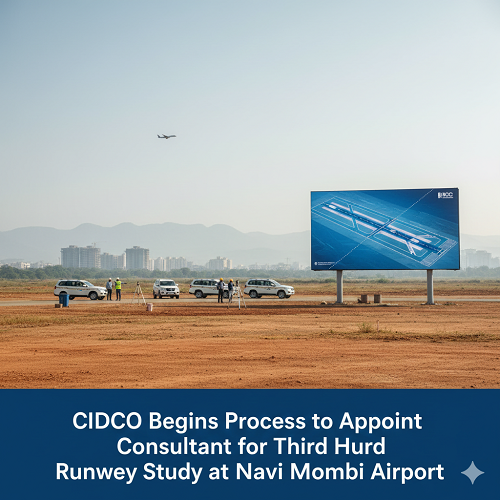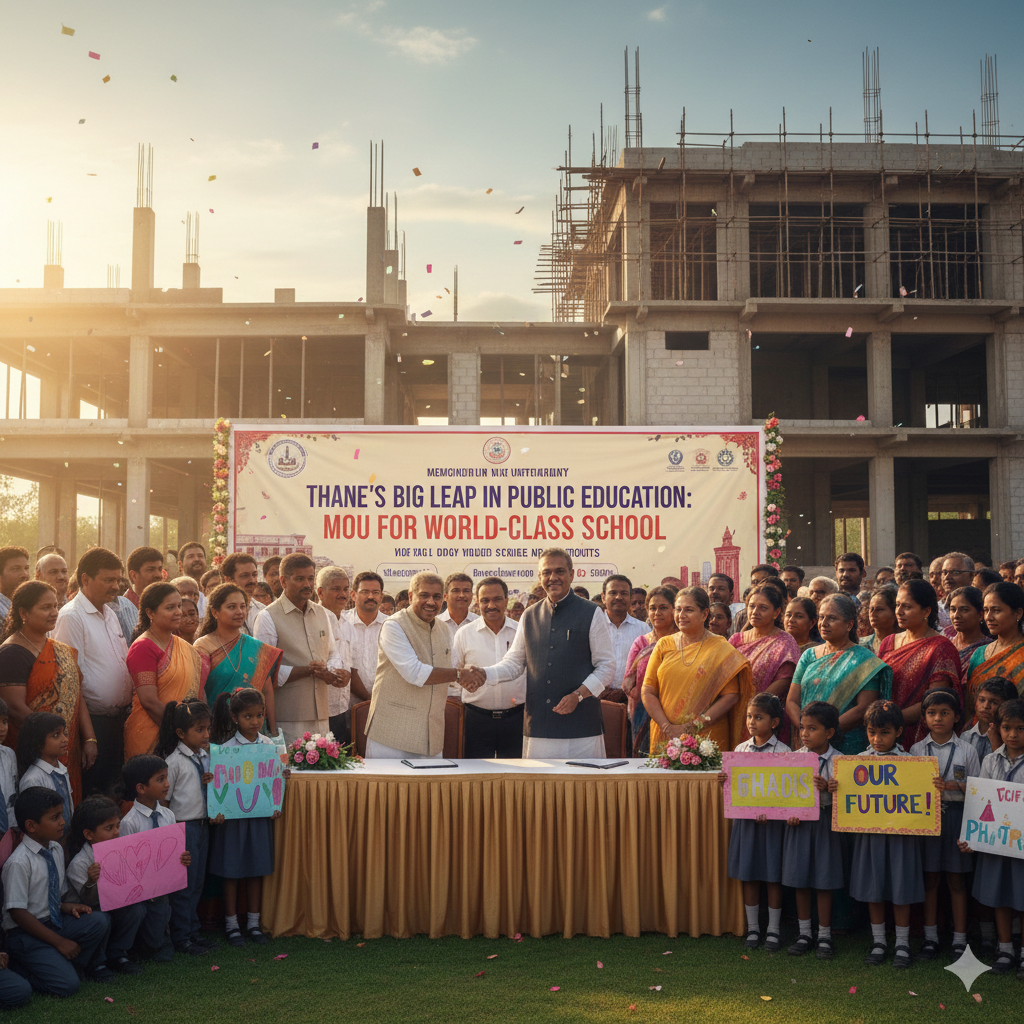
Maharashtra Gears Up For Kartik Ekadashi 2025: 1,150 Extra MSRTC Buses, Women Facilities, And Smart Travel For Devotees
Every November, Pandharpur transforms into the beating heart of Maharashtra — a space where faith, devotion, and discipline converge. As the Kartik Ekadashi pilgrimage approaches on November 2, the Maharashtra State Road Transport Corporation (MSRTC) has announced a comprehensive mobility plan to ensure a smooth travel experience for lakhs of devotees.
In a forward-looking initiative, Transport Minister and MSRTC Chairman Pratap Sarnaik declared that 1,150 additional buses will be operated across the state from October 28 to November 3. This move underscores the government’s growing focus on citizen-centric public services and effective governance at scale.
The road to Pandharpur: Where planning meets devotion
Pandharpur, home to the sacred Vitthal-Rukmini Temple, witnesses one of India’s largest annual pilgrimages. Managing such vast human movement is no small task—it requires precision, empathy, and coordination across multiple departments.
MSRTC’s Chandrabhaga pilgrimage bus station has been specially prepared for this year’s event. The station features 17 operational platforms, parking for nearly 1,000 buses, and accommodation facilities for staff and officers. More than 120 MSRTC employees will be deployed on the main day to manage passenger flow, bus operations, and maintenance. Special teams will be positioned outside the city to handle on-road breakdowns, ensuring uninterrupted service even under peak traffic conditions.
Empowering women with dignity-driven facilities
One of the most noteworthy features of this year’s plan is the introduction of Hirkani Rooms—designated rest areas for pregnant and lactating women at the Pandharpur bus station. This initiative reflects MSRTC’s evolving focus on inclusivity and gender-sensitive governance, ensuring that women devotees travel with dignity and comfort.
Such initiatives are more than logistical conveniences; they represent a shift in public policy philosophy—from reactive service delivery to proactive care. Maharashtra’s commitment to improving the experience of every traveller demonstrates a growing alignment between governance and empathy.
Affordable and accessible travel for all
MSRTC’s plan is built on inclusivity and accessibility. Women and senior citizens will continue to receive a 50% fare concession, while passengers aged 75 years and above will travel free of charge. This policy not only promotes social equity but also positions Maharashtra as a leader in people-first public transport.
For groups of 40 or more devotees, the corporation has introduced a village-to-Pandharpur direct service, allowing collective bookings directly from rural areas. This model decentralizes access and reduces congestion at larger depots, making the pilgrimage more convenient and organized.
Last year, MSRTC operated 1,055 special buses that carried around 3.72 lakh devotees and generated ₹6 crore in revenue. The 2025 plan marks a 9% increase in special bus operations, indicating both rising demand and improved readiness.
Governance and execution: Lessons in public management
The Kartik Ekadashi transport operation stands out as a case study in effective public sector management. It is not just about moving people—it is about demonstrating that government systems can combine efficiency with empathy.
Managing thousands of buses, coordinating staff across districts, and ensuring real-time service continuity require what economist Manish Sabharwal often calls “execution excellence.” MSRTC’s commitment to modernized ticketing systems, maintenance upgrades, and digital booking tools demonstrates that excellence in governance comes from small, consistent improvements over time.
The entire operation also highlights the evolving role of leadership in India’s public institutions. Pratap Sarnaik’s focus on field-level coordination, employee motivation, and operational transparency is setting a new standard for leadership that listens and acts.
Constructive governance through continuous improvement
Challenges such as road congestion, fleet wear, and coordination across multiple jurisdictions remain. However, the focus has shifted from identifying problems to solving them collaboratively. Maharashtra’s model shows that when data-driven planning, decentralized management, and citizen feedback converge, public trust deepens naturally.
This year’s initiative goes beyond the immediate logistics of a festival—it represents the state’s ability to transform faith-based events into lessons in governance, safety, and sustainability. By investing in systems and empathy, MSRTC is shaping a future-ready transport culture.
Faith, efficiency, and the Maharashtra model
Religious pilgrimages often test the limits of public infrastructure. Yet, they also serve as live laboratories for innovation in transport, safety, and crowd management. The Kartik Ekadashi operation embodies this duality. It demonstrates that faith can coexist with data, and devotion can travel alongside discipline.
As the 1,150 additional buses roll across Maharashtra’s highways, they carry more than passengers—they carry proof that when purpose and planning align, progress becomes inevitable.
Building on trust and transparency
Going forward, citizens are encouraged to verify travel updates, schedules, and services directly through MSRTC’s official website and verified communication channels. This not only ensures reliable information but also reinforces a culture of accountability and trust between institutions and the public.
When tradition meets technology, and governance meets gratitude, Maharashtra sets a national example. The Kartik Ekadashi pilgrimage is not just an event—it is a reflection of a state that is learning, adapting, and leading with both faith and foresight.




